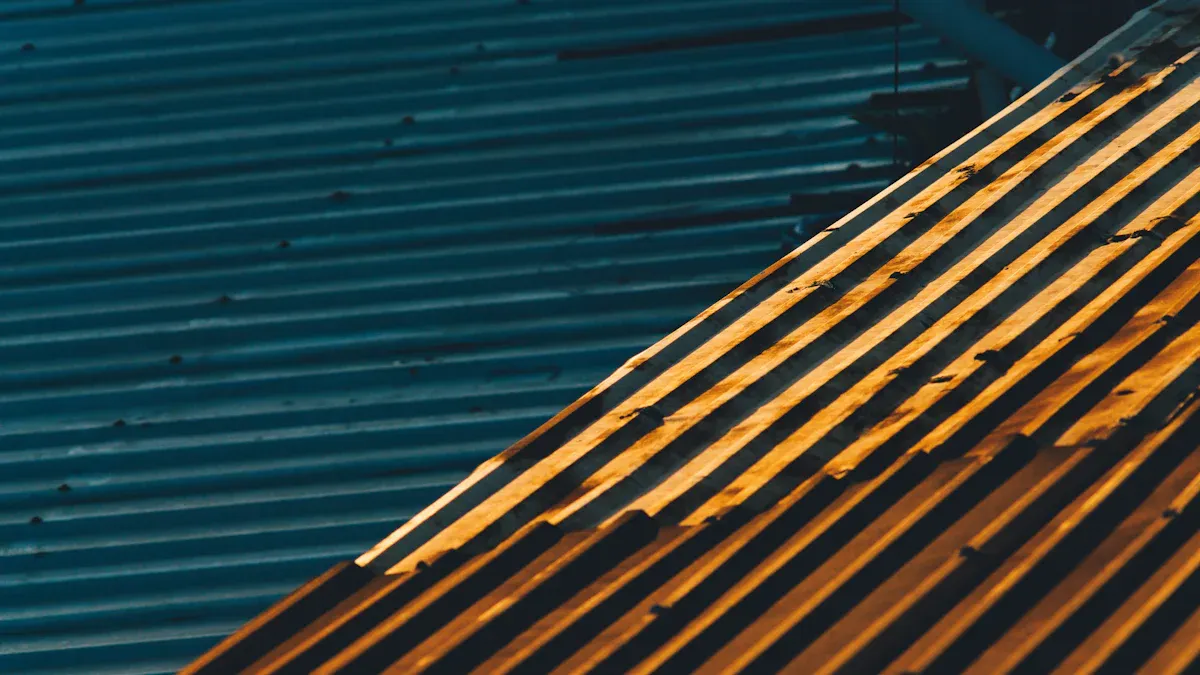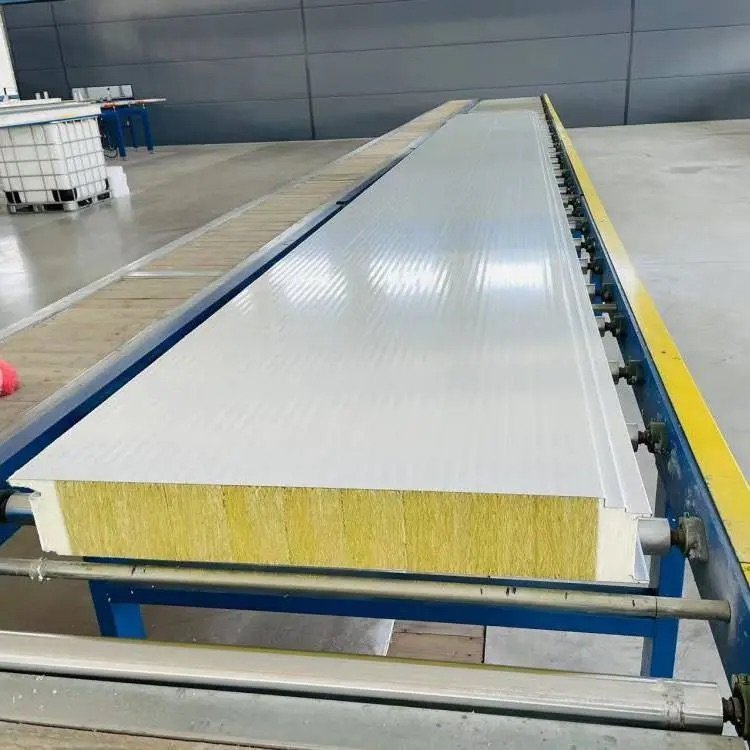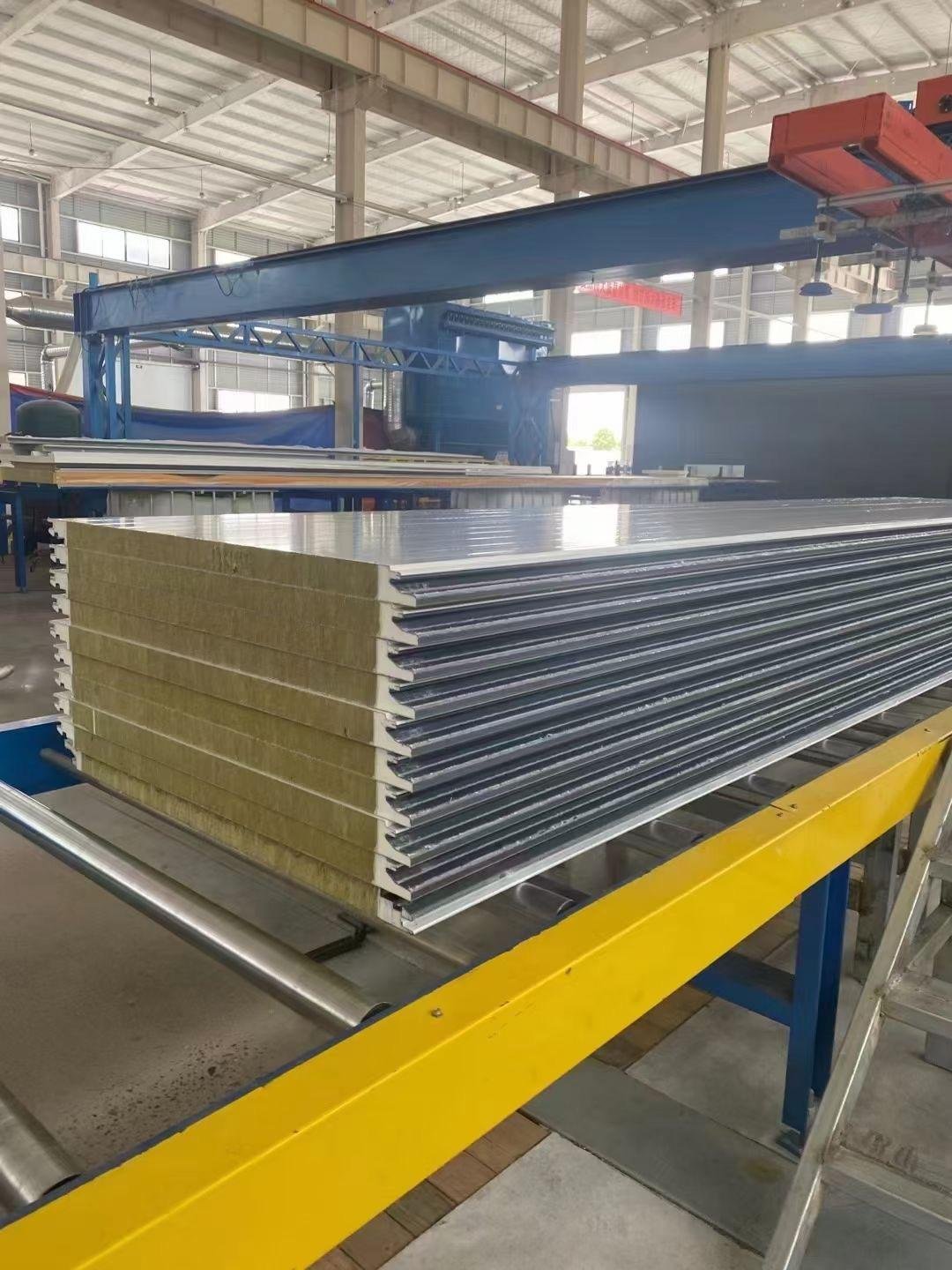
Polyurethane (PU) coating serves the important purpose of providing a protective layer for various items. It enhances their durability and appearance, safeguarding them against damage from usage, weather conditions, and chemicals. This functionality makes it highly sought after across numerous industries.
The car industry is projected to lead with a 32.1% market share in 2024, highlighting the significant purpose of PU coating in vehicles.
Strong PU coatings accounted for over 65% of the market in 2021, demonstrating their reliability in applications such as building materials, fabrics, and more.
The purpose of PU coating is to ensure that materials not only last longer but also remain functional and visually appealing.
Key Takeaways
PU coating keeps materials safe from harm, lasting longer and looking nice.
It is often used in cars, clothes, and buildings because it is strong and looks good.
Picking the right PU coating depends on price, chemical resistance, and how it will be used.
Water-based PU coatings are better for the environment and lower pollution while still working well.
Knowing the good and bad sides of PU coatings helps you choose wisely for different uses.
What is PU Coating?

Definition and Purpose of PU Coating
Polyurethane (PU) coating is a man-made material. It protects and improves the look of surfaces. It creates a tough layer that keeps materials safe from damage. This includes damage from use, weather, or chemicals. PU coatings are used in many industries like cars, buildings, and clothing because they work well.
PU coating does more than just protect. It also makes materials look better. It can add different finishes, textures, or colors. For example, in clothes, PU coatings make them waterproof and stronger. This makes the clothes more useful. PU coatings are safer and better for the environment than older finishes like PVC or DWRs.
Chemical Properties and Composition
PU coatings are made by mixing polyols and polyisocyanates. This creates a strong and bendable material. PU sticks well to surfaces like metal, wood, and plastic. This strong sticking power helps it protect materials for a long time.
PU coatings can handle scratches, rust, sunlight, and chemicals. These features make them great for tough conditions. For example, PU can mix with bitumen to make materials harder and more stable. PU can also be changed to fit needs, like shiny or rough finishes.
How PU Coating Works
PU coating works by creating a strong but bendable cover. When applied, it sticks tightly to the surface. This cover protects against things like water, sunlight, and chemicals.
To get the best results, the surface must be clean. The coating should be applied in thin, even layers. Usually, you mix PU paint with hardener in a 2:1 or 3:1 ratio. After applying, the coating hardens into a tough shield. This shield improves how the material looks and works.
Benefits of PU Coating
Longer-Lasting Materials
PU coating helps materials last much longer. It adds a strong layer that protects surfaces from damage. This damage can come from daily use or bad weather. For example, in cars, PU coatings improve parts’ condition. This increases productivity by over 10%.
Sector | Productivity Growth | Year | Source |
|---|---|---|---|
Automotive | 10.8% | 2021 | European Automobile Manufacturer Association |
Automotive | 10.2% | 2021 | Chinese car production statistics |
Construction | 4.2% | 2021 | Eurostat |
Textile | 8.4% | 2021 | Ministry of Industry and Information Technology |
Textile Profit | 25.4% | 2021 | Ministry of Industry and Information Technology |
This protection keeps materials useful and looking good for longer. It also reduces how often replacements are needed.
Protection from Water, Chemicals, and Scratches
PU coatings are great at stopping water, chemicals, and scratches. They create a waterproof shield that stops moisture damage. This makes them perfect for outdoor use. Tests like Cyclic Corrosion Testing (CCT) prove their strength in tough conditions.
Test Type | Purpose |
|---|---|
Cyclic Corrosion Testing (CCT) | Checks coating strength in changing environments. |
Adhesion Testing (ASTM D3359) | Measures how well the coating sticks to surfaces. |
Abrasion Resistance Testing | Tests how much wear the coating can handle. |
Water Repellency Testing | Checks how well the coating keeps water away. |
Weather Durability Testing | Simulates years of weather to test coating lifespan. |
This toughness ensures materials stay strong and work well, even in hard places like factories or near the ocean.
Works on Many Surfaces
PU coatings stick to many materials like metal, wood, plastic, and fabric. They can be made shiny, dull, or textured to look nice and work better.
PU coatings fully block water, unlike DWR, which only repels it.
They make fabrics tougher and stretchier for heavy use.
They protect against water, sunlight, and chemicals for long-lasting results.
This flexibility makes PU coatings popular in industries like cars, buildings, and clothing. Whether protecting a car, floor, or tent, PU coatings work well.

PU coatings are important because they make things last longer, resist damage, and work on many materials. This makes them useful in many ways.
Aesthetic and Functional Improvements
PU coating protects materials and makes them look better. It gives products a clean and professional appearance. You can choose bright colors, cool textures, or shiny finishes. PU coating offers many creative options.
A key feature is color stability. Colors stay bright and consistent over time. Even sunlight or tough conditions won’t fade them. This is great for items like furniture, cars, or outdoor gear. PU coating also provides customization options. You can pick different gloss levels, colors, or effects like metallic or pearly finishes.
PU coating improves the haptic qualities of surfaces. You can adjust how a surface feels, like smooth or grippy. This is helpful for things like electronics or car interiors where touch matters.
Here’s a table showing how PU coating improves materials:
Metric | Improvement Description |
|---|---|
Color Stability | Keeps colors bright and appealing for longer. |
Abrasion Resistance | Protects surfaces from scratches and wear. |
Adhesion | Sticks firmly to surfaces, even in tough conditions. |
Customization Options | Offers choices in gloss, colors, and special effects. |
Haptic Qualities | Lets you adjust texture for better feel and use. |
PU coating isn’t just about looks. It makes materials stronger and more useful. Its abrasion resistance stops wear and tear, keeping surfaces fresh. Strong adhesion ensures the coating stays put under pressure. These features make PU coating a smart choice for both style and durability.
With PU coating, your materials can look great, feel good, and last longer. It helps them stand out while staying tough and practical.
Applications of PU Coating

PU Coating in Textiles and Fabrics
PU coating improves how textiles and fabrics work. It makes them flexible, strong, and able to handle tough weather. This is why it’s great for outdoor fabrics, furniture covers, and safety clothing. Thermoplastic PU coatings are popular because they are strong and adaptable. Thermoset polymers are better for high heat and chemical resistance, making them useful in cars and planes.
One example is the Dartex MicroClimate EcoPlus, launched in November 2023 by Trelleborg AB. It resists chemicals well and lets moisture escape, with an MVTR over 20%. It’s also eco-friendly, making it a top choice for healthcare and medical uses.
Polymer Type | Properties | Applications |
|---|---|---|
Flexible, durable, handles tough weather | Outdoor fabrics, furniture covers, safety clothing | |
Thermoset Polymers | Resists chemicals, stable in high heat | Cars, planes, electronic boards |
PU coating helps fabrics stay strong and useful, even in hard conditions.
PU Coating in Wood and Furniture
PU coating is great for protecting wood and furniture. It keeps wood safe from water, stains, and sunlight, helping it last longer. This makes it perfect for floors, cabinets, and furniture.
The demand for PU coatings in furniture is growing fast. In 2022, furniture made up over 58% of the wood coatings market. This growth comes from more people living in cities and caring about home design. Water-based PU coatings are also becoming popular because they are eco-friendly and have low VOCs.
Manufacturers like PU coatings because they protect wood and make it look better. Whether you want to keep wood furniture looking natural or protect it from damage, PU coating is a great choice.
PU Coating in Construction and Flooring
PU coating is very useful in construction and flooring. It resists scratches, chemicals, and wear, making it perfect for busy places like factories and airport floors. It dries quickly, saving time and money on big projects.
The construction industry uses PU coatings for many things. For example, it makes pavements weatherproof and protects metal roofs from rust. On floors, PU coatings keep colors bright and resist stains, making them both pretty and practical.
Application | Description |
|---|---|
Makes surfaces strong and weatherproof. | |
Industrial Flooring | Resists scratches and chemicals in busy areas. |
Metal Roofs | Stops rust and damage from weather. |
Pipeline Externals | Protects pipes from harsh environments. |
Airport Hanger Floors | Keeps floors safe and durable in busy spaces. |
PU coating is a smart and affordable choice for construction, giving long-lasting results in tough places.
PU Coating in Automotive and Marine Industries
Polyurethane (PU) coating is very important for cars and boats. It protects surfaces and makes them look better, which is why it’s widely used.
In cars, PU coatings are applied inside and outside. They create a strong layer that stops rust, chemicals, and sun damage. This keeps cars looking good and working well for a long time. For instance, PU coatings keep colors bright and shiny, even after years of sunlight and bad weather. In 2024, the car industry used 32.1% of all PU coatings, showing how much it depends on them.
For boats, PU coatings protect against the sea’s tough conditions. They cover boat hulls to stop rust from saltwater and coastal air. These coatings also handle scratches, making them great for boats that face constant wear. Whether it’s a small yacht or a big ship, PU coatings help them last longer in rough environments.
Here are some main benefits of PU coatings in these fields:
For Cars:
Stop rust and sun damage on the outside.
Make interiors strong and nice-looking.
For Boats:
Protect hulls and metal parts from rust.
Handle scratches, staying tough in rough waters.
PU coatings don’t just protect; they also improve how cars and boats look and work. Their strength and flexibility make them essential, helping your vehicle or vessel stay in great shape for years.
Potential Drawbacks of PU Coating
Environmental Concerns and Sustainability Issues
PU coatings can harm the environment in many ways. Traditional PU coatings use solvents that release harmful gases called VOCs. These gases pollute the air and damage nature. Some coatings also have “forever chemicals” that stay in the environment and cause long-term harm.
Making PU coatings uses a lot of water and energy. Steps like washing and drying during application increase resource use. A solvent called DMF, used in PU processing, adds to pollution and environmental problems.
Aspect | Details |
|---|---|
Environmental Regulations | Stricter rules on VOC emissions and hazardous isocyanates are raising compliance costs. |
Eco-friendly Alternatives | The demand for sustainable, bio-based PU coatings is growing as industries seek greener options. |
Market Constraints | Advanced coatings like acrylic and epoxy are competing with PU coatings. |
Industries are now looking for greener options. These eco-friendly alternatives aim to reduce the negative effects of PU coatings.
Health Risks During Application
Using PU coatings can be dangerous for workers’ health. Many coatings have solvents that can cause cancer or other serious illnesses. When these solvents evaporate, they release harmful VOCs into the air. Breathing in these gases can lead to lung problems and long-term health issues.
DMF, a common solvent in PU processing, is especially harmful. It can hurt workers if they touch it or breathe it in. Without safety gear and proper ventilation, working with PU coatings can be risky. Wearing protective equipment and ensuring good airflow can help reduce these dangers.
Recycling Challenges for PU Coated Materials
Recycling PU-coated materials is very difficult. Only 29.7% of PU waste gets recycled, while 39.5% is burned for energy. Sadly, 30.8% of PU waste ends up in landfills, showing poor waste management.
Recycling methods like chemical breakdown are too expensive. PU foam, for example, is hard to recycle because of its complex structure. These problems make it tough to reuse PU-coated products. While efforts to improve recycling are ongoing, progress is slow.
Knowing these issues can help you choose better options. You can also explore more sustainable solutions to reduce the impact of PU coatings.
Choosing the Right PU Coating
Factors to Consider for Specific Applications
Picking the right PU coating depends on many things. Think about the environment, material, and what you need it to do. PU coatings are strong, but their use depends on conditions.
Here are tips to compare PU coatings with others:
Cost: PU coatings cost more but last twice as long as epoxy.
Resistance: PU coatings handle organic acids better than epoxy.
Heat Tolerance: PU coatings work up to 120°C; epoxy works up to 65°C.
Application Sensitivity: PU coatings need low humidity during application, unlike epoxy.
Recommendations: Use PU coatings in food areas; epoxy is best for repairs.
Think about exposure to chemicals, heat, or water when choosing. For example, ceramic coatings are great for heavy wear, while acrylic coatings protect well from sunlight. The table below shows features and uses of different coatings:
Coating Type | Key Features | Best Use |
|---|---|---|
Ceramic Coatings | Very hard and resists wear | Heavy wear areas |
Acrylic Coatings | Protects against UV rays and weather | Outdoor items |
Epoxy Coatings | Resists chemicals like acids and solvents | Factories and marine areas |
Polyurethane Coatings | Resists chemicals but not for very corrosive places | General factory use |
Silicate Coatings | Handles strong acids and bases | Harsh factory settings |
Metallic Coatings | Stops rust and damage from the environment | Marine and factory areas |
Knowing these details helps you pick a coating that fits your needs and budget.
Exploring Sustainable and Eco-Friendly Options
If you care about the planet, water-based PU coatings are a good choice. These use water instead of harmful solvents, cutting down on VOC emissions. They meet strict rules for being eco-friendly.
Water-based PU coatings are strong, flexible, and resist chemicals. They are great for cars and buildings. Many people now prefer them because they are safer for the environment and follow industry rules.
Studies show water-based PU coatings are becoming popular. They reduce air pollution and meet green standards. By using them, you help the planet without losing quality.
Tip: Check for labels showing low VOC emissions when picking eco-friendly PU coatings. This ensures your choice is good for both your project and the Earth.
Choosing sustainable options lets you combine good performance with caring for the environment. This makes PU coatings a smart pick for the future.
Polyurethane coating helps make materials stronger, safer, and better-looking. It is widely used in industries like cars, buildings, and fabrics because it works so well. For instance:
The global market for polyurethane coatings was worth $20.53 billion in 2024. It is expected to grow by 5.5% yearly from 2025 to 2030.
The transportation industry, including cars and planes, boosts this growth. It needs strong and eco-friendly solutions.
PU coating improves how materials perform. But, you should think about greener options like water-based polyurethane coatings. These choices are better for the planet and still work great. Whether for clothes, wood, or factories, PU coating is a flexible and reliable option.
FAQ
How is PU coating different from PVC coating?
PU coating is stronger, more flexible, and eco-friendly than PVC. PVC is cheaper but cracks over time. PU resists chemicals and weather better, making it last longer.
What surfaces can PU coating be used on?
PU coating works on wood, metal, plastic, fabric, and concrete. It’s used in cars, buildings, and clothing. It protects surfaces from damage, water, and chemicals.
Why does PU coating keep water out?
PU coating forms a solid layer that blocks water completely. Its strong bond and moisture resistance make it great for outdoor gear like tents and raincoats.
Are there greener options than regular PU coatings?
Yes, water-based PU coatings are safer for the planet. They lower harmful gas emissions. Bio-based PU coatings, made from plants, are also eco-friendly and effective.
How long does PU coating last?
PU coating lasts 5–10 years, depending on use and care. Clean it often and avoid harsh chemicals to make it last longer.







